The Article
TRADUTTO DAC FROM EARMEN
11th January 2023
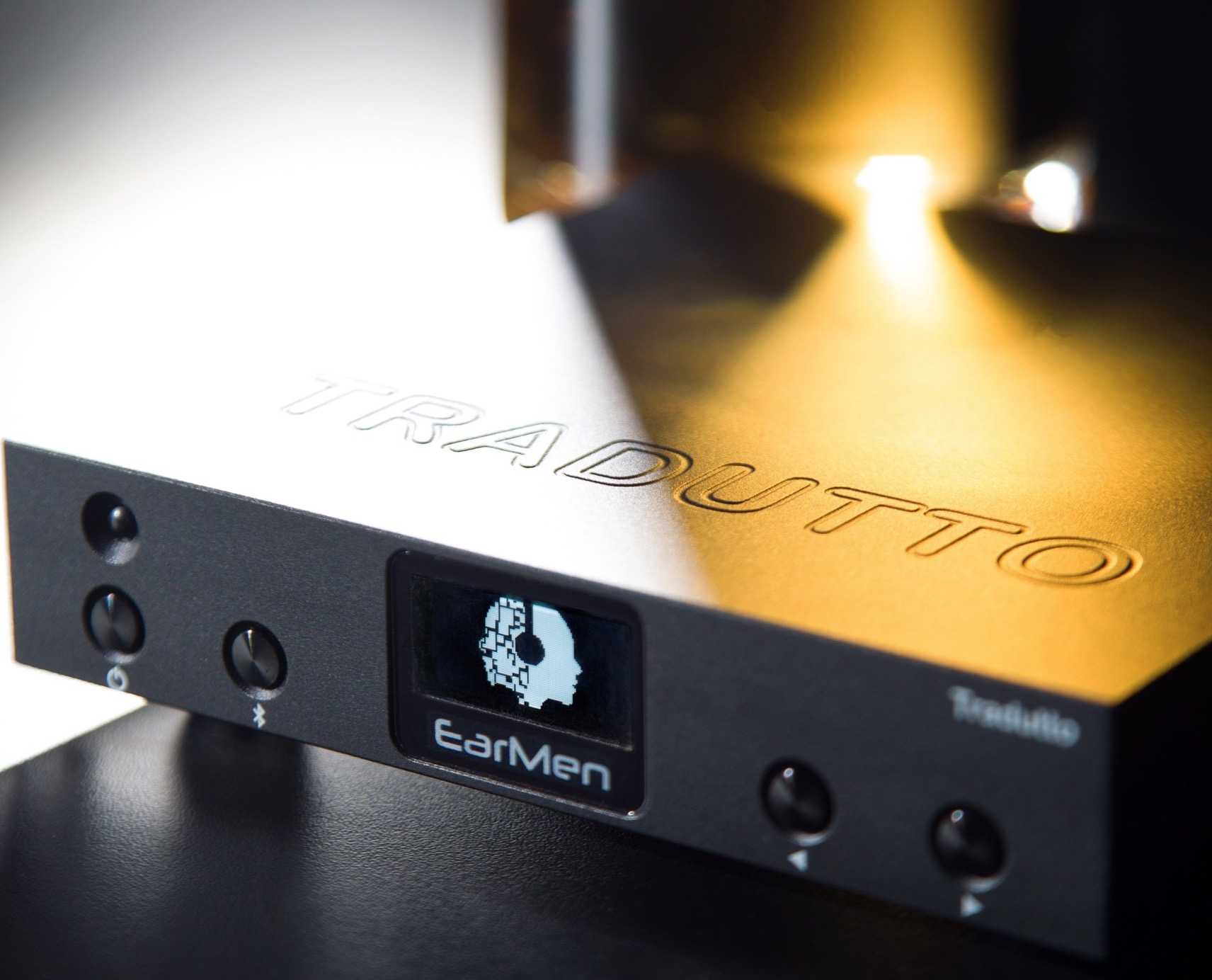
A rather meaty DAC from the US outfit, Earmen. Paul Rigby listens to this solidly built unit
A desktop DAC but one that features a relatively small footprint for this class of DAC of just 150 x 30 x 150mm (approx 6” x 2” x 6”), the Earmen Tradutto remains surprisingly heavy when you pick it up. It’s this aluminium weight and the solid, metallic build that hits you immediately when you unpack the thing. Weighing in a 550g (1.21 pounds), the Tradutto features controls and sockets the are clearly arranged and easy to use.
And a minor point but the Tradutoo sits on relatively high feet. Much higher than I’m used to. It’s no big deal sure but even so, it did make my look twice when it sat on my shelf.
ON THE FRONT…
The front of the chassis includes, on the far left, a standby button with remote control sensor above, Bluetooth pairing button, a rather small output window which I would have liked to have seen enlarged but is perfectly usable ‘as is’. To the right of the window are left/right source buttons.
Actually, why Earmen needed a left/right source button pairing here, I have no idea. There’s only a few simple sources available so one button cycling the sources would have been enough and probably quicker to operate and may have shaved a few pounds off the final price. Also, the source buttons cycle to the right and then stop, they don’t loop around. So then you have to stop and cycle back to the left again. Sure, it only adds a second or two to the source selecting experience but it still managed to irritate me.
…AND THE REAR
On the far left of the rear is a barrel socket for the external switch-mode power supply, a socket for a Bluetooth aerial, USB B socket for a laptop source, optical, coax, a pair of RCAs and a 4.4mm, Pentaconn-type balanced port. So this is the headlined balanced option which disappoints, to be honest. Pentaconn is fine for headphone connections but, and maybe you will disagree with me here, in terms of DAC outputs it remains rather niche. I couldn’t supply any hardware to test it, I’m afraid. I wanted the much more flexible full-size XLRs as found on the similarly priced Topping D90LE, to be honest and I was disappointed not to find them on the Tradutto.
Inside is an ES9038Q2M DAC providing up to 32bit/768kHz or DSD512. MQA is supported as Bluetooth 5.1 with AAC, SBC, aptX, aptx LL and aptx HD codecs available but no LDAC.
You do receive a dinky, equally solid, equally heavy for the size remote control that features pretty small buttons but again, is perfectly usable.
So how does this thing sound then?
SOUND QUALITY
I began by hooking the DAC up to my Audiolab 6000CDT and playing some early 70s krautrock, Nektar’s Remember the Future.
First impressions for this one? Conflicting. There’s a lot going on here so I didn’t get one or two first impressions. More like half a dozen all in one package.
Firstly, I found the DAC to be slightly harder to drive than my old Chord Qute HD, for example. A DAC, incidentally, that still performs remarkably well for its age. I needed to pump up the gain for the Tradutto by several clicks to reach the same volume.
Once that was sorted, I addressed the sonics one level at a time. Let’s start from the bottom up, shall we?
BASS GLOW
The bass feels…cuddly. There’s a 70s-era glow around the lower frequencies that sounds comforting, weighty and rather massy. Bass doesn’t provide punch from the DAC but it does provide impact via a massy heft. There’s a real thump from bass on this DAC. Although I wouldn’t say that precision is its main forte. Bass could be a little soft and lacking in detail. So what I tended to get from bass was emotion, rather than pure information. I felt like I was listening to a live concert in 1970 through speakers of the time. Full of feeling, full of passion but lacking perhaps in actual detail and focus.
The overall soundstage was also surprisingly narrow. There wasn’t a great deal of space for the music to work within. Again, this gave the sound a vintage, sepia tint. For this 70s-era album from Nektar, it fit the arrangement very well indeed but, in broader audiophile terms, there was a a slight claustrophobic feeling to the midrange.
In practical terms, this proved to be a problem during crescendos for both vocals and guitar. Dynamic reach didn’t extend as far as I wanted it to. It didn’t extend as far as the music itself wanted it to which meant that the upper mids kept hitting its head against the low-level soundstage and when it did that the mids, on occasion, sounded a little peaky and distorted, I could sense a slight ringing, in fact.
The music on this album moved from pastoral ballad sections to full blown, high-energy rock. When the latter kicked in, this DAC struggled with its dynamic reach. I wanted more from this DAC, especially at this price point and I wasn’t getting it.
ADDING THE TOPPING
In comparison, the Chord offered a wider and spacious soundstage with fine detail on show around the upper mids. The Tradutto provided a fuller and plumper bass response but the Chord provided a more focused lower end. Bringing in the Topping D90LE, I felt the latter offered a much more balanced performance with more insight and better discipline around the mids and a managed bassline. The Earmen’s bass was largely left to its own devices and so it tended to dominate the soundstage when rock was played.
Turning to Mark Knopfler’s Sailing to Philadelphia from the Mercury album of the same name, I again had the initial cuddly feeling from the warm bass output, a warming tone that sounded friendly and approachable.
On this track, the Earmen DAC sounded rather grown up in its presentation: that is full of solid bass warmth and a sense of security from the mids. Up until the guitar solo though, which added a peaking midrange spike that popped out of that bass warmth. This aberration wasn’t exactly bright but did introduce shiny elements to the midrange, you might say giving the entire presentation a slightly discordant effect. Again, as the album progressed, I felt that the music was a little constricted by the DAC. It wanted to break out of the rather strangulated soundstage.
BLUETOOTH PLAY
I turned to Bluetooth and The Doves title track from the Universal Want album. I played the track via the aptX HD codec. It’s a shame LDAC is not supported here.
On the whole, Bluetooth disappointed. Bluetooth was not the Tradutto’s finest hour.
It certainly wasn’t up to the balanced and coherent quality offered by Bluetooth on the Topping D90LE, for example. Via the Tradutto, Bluetooth did sound rather thin and weedy and every inch the compressed stream that it was with again a slight edge intruding on the calm now and again, which would occasionally throw the music out of kilter.
I’m dwelling on the issues I know but there was still plenty to like from Bluetooth which added lots of focus to the soundstage. Here, bass offered precision and a tight presentation. Gone was the earlier sepia glow from the lower end. Bluetooth bass did replace that with a more precise and measured performance. The midrange was also succinct, paired down and simplified in its presentation. In general terms? I would recommend Bluetooth to those who enjoy a solid state presentation. Sound with a slightly brutalist approach. Sound with corners. Sound offered to the ear in a concrete glove.
USB PLAY
I then turned to USB, connecting my laptop to the DAC and played a 44.1kHz CD rip of Grand National’s Drink to Move On. Now, be aware, this CD offers a rather nasty, notably bright mix which suffers from excessive peak limiting. So the CD in and of itself brings a heap of sonic issues to any HiFi component. It was quite a test for the Tradutto.
Thing is though, unlike some DACs I’ve used to play this music and the Topping D90LE is one of those, the Earmen does absolutely nothing to alleviate the issues on this CD, in terms of rebalancing those wayward upper mids and squeaky treble. If anything, the Earmen accentuates the bright nature of this track, giving the music an aggressive bite that harms long-term listening.
Saying that, the bass was wonderfully bouncy, rhythmic and wholly groove-inducing. Enough to force you out of your chair to dance around the room, in fact. There was lots of information forced into the open here too. The mids didn’t leave any stone unturned here. Subtle elements were dragged out into the centre of the soundstage and placed on view.
CONCLUSION
This is a well-built, solid and easy-to-use DAC. In sonic terms it’s not for everyone. If you want a strictly neutral and balanced output then the Earmen Tradutto is not for you. In general terms, bass wants to give you a hug while the mids and treble want to give you an occasional elbow in the ribs which it does without warning, in sonic terms at least. In broad terms, the Tradutto doesn’t allow midrange detail to hide while bass energy abounds. In many respect, this DAC is more of a party component than an audiophile box. It offers emotion rather than finesse. Passion rather than delicacy.
EARMEN TRADUTTO DAC
Price: £799
Website: earmen.com
GOOD: build quality, easy to use, passionate sonic presentation
BAD: balanced option, occasional edgy mids, wayward treble, muddy bass
RATING: 7
[Don’t forget to check out my new Patreon Page at www.patreon.com/audiophileman, for exclusive postings, giveaways and more!]
REFERENCE
Apple iPhone
Tellurium Q & QED cabling

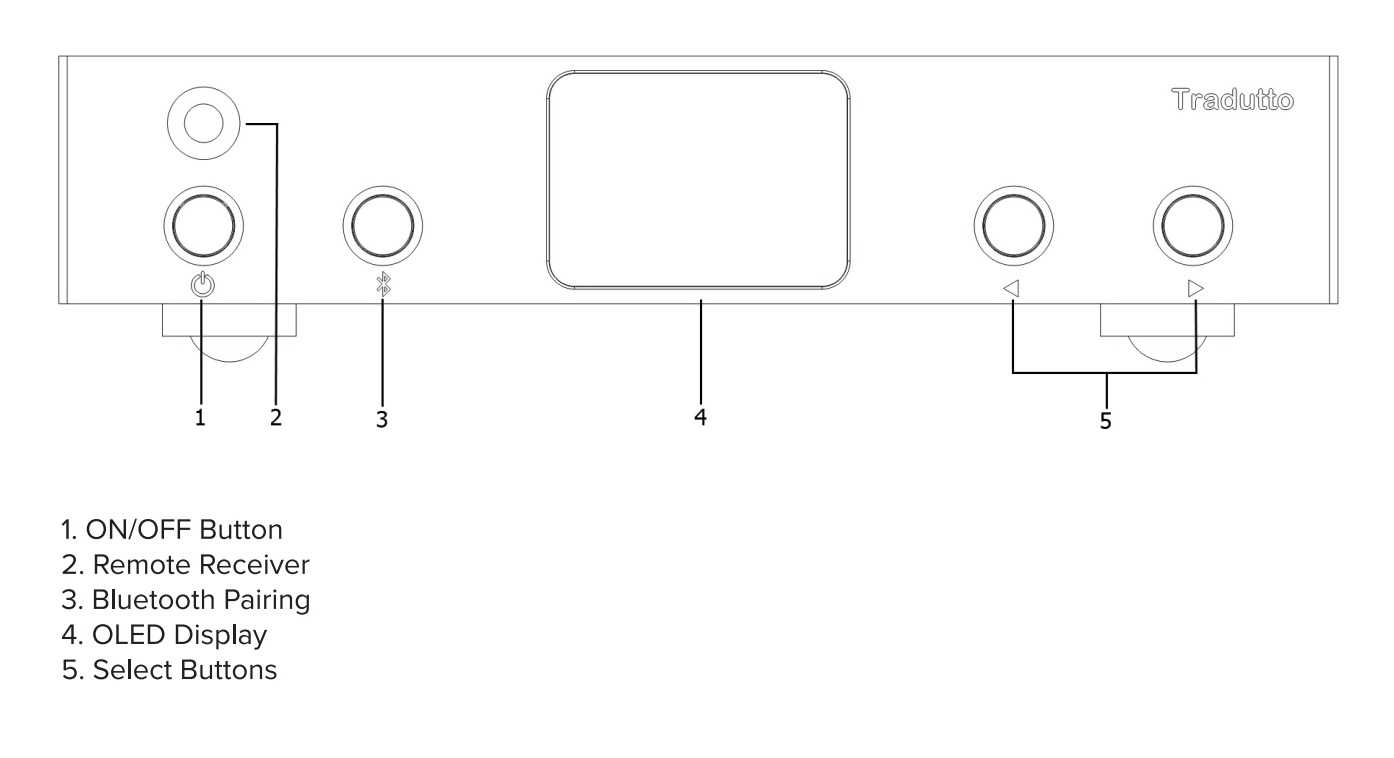
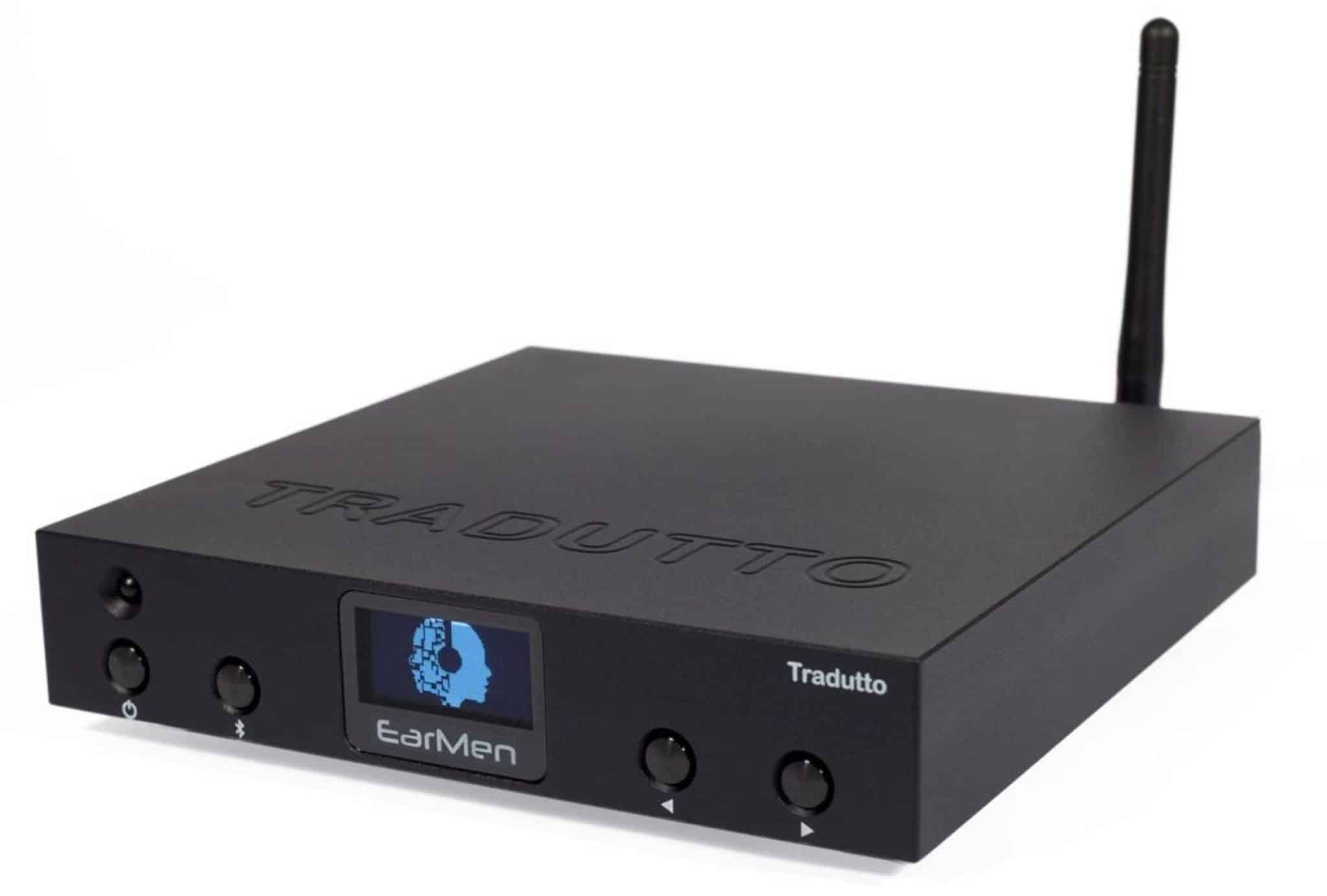
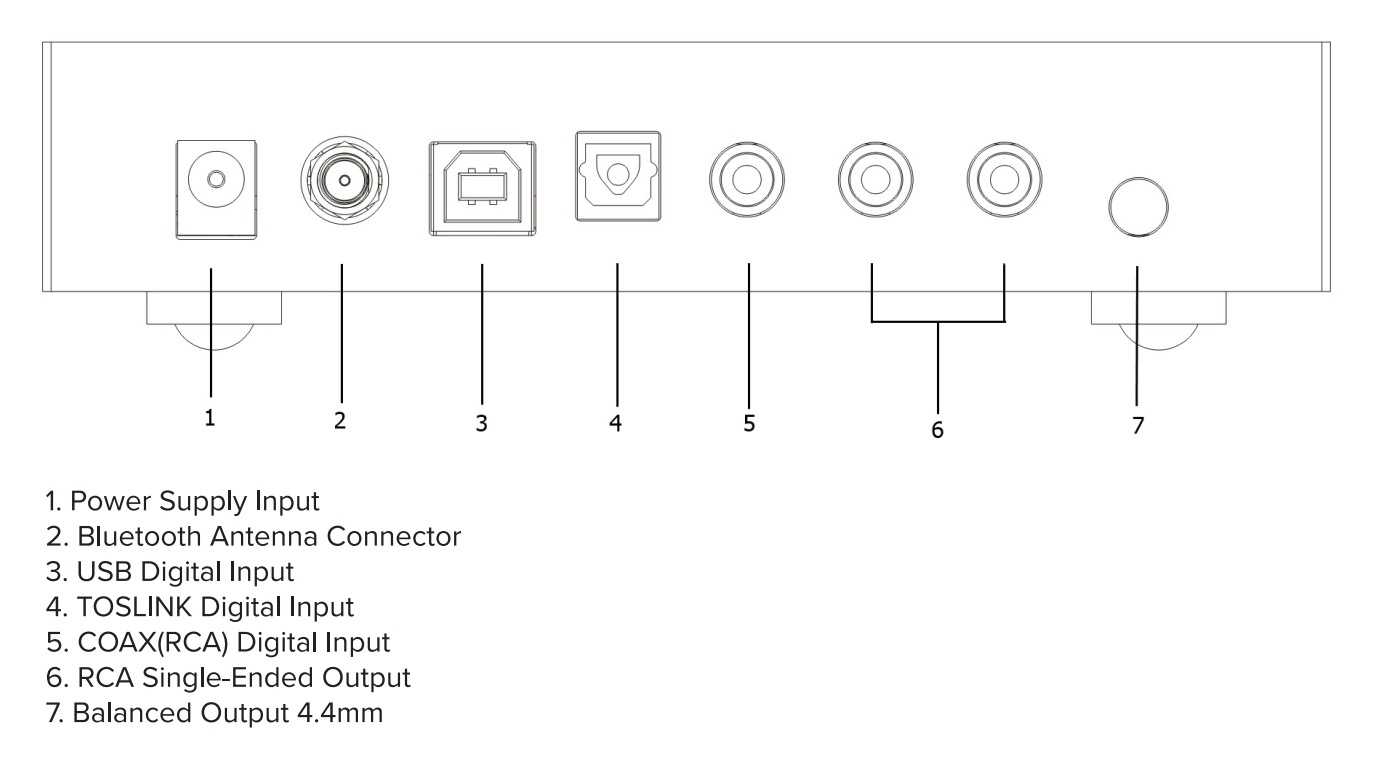
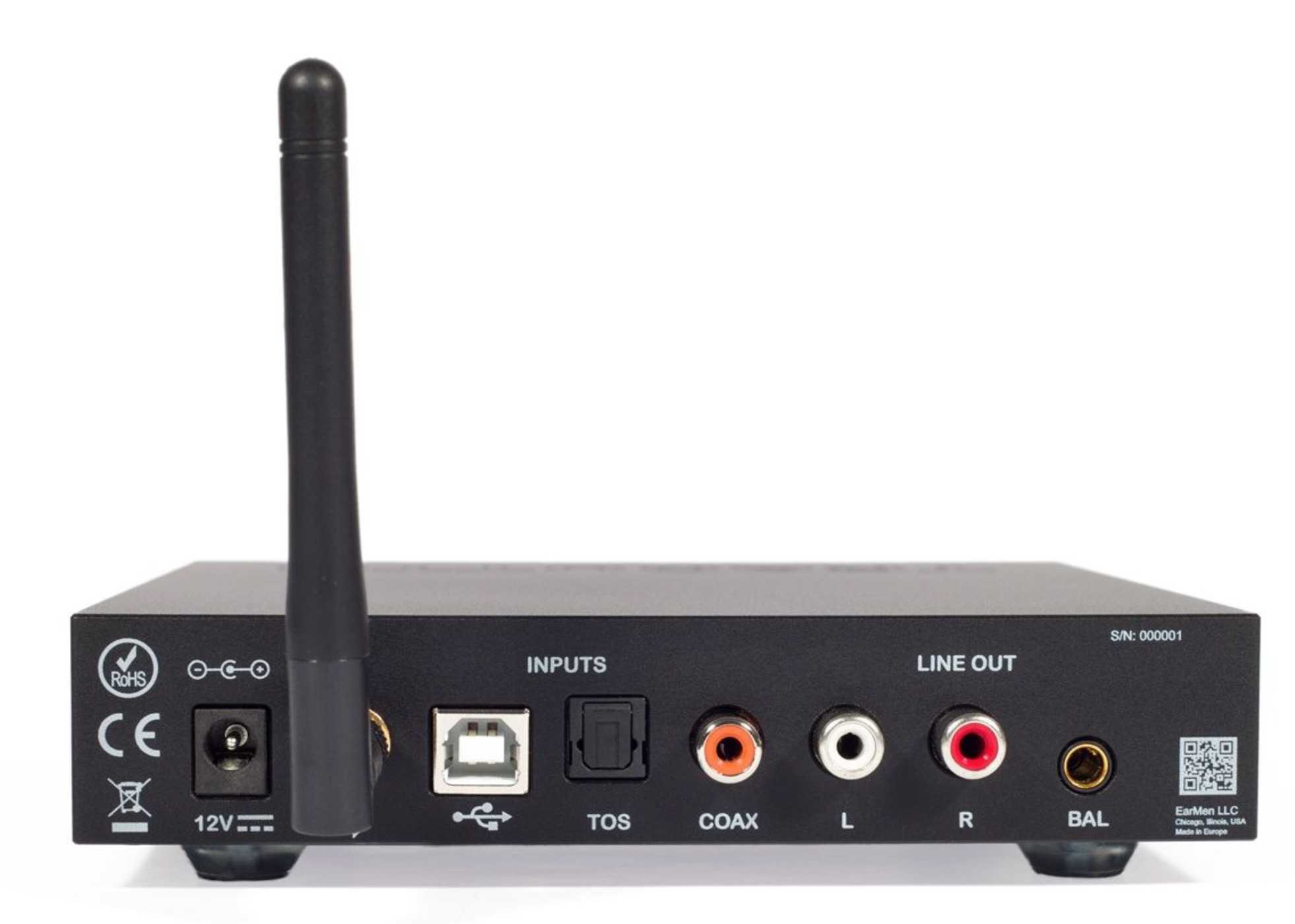
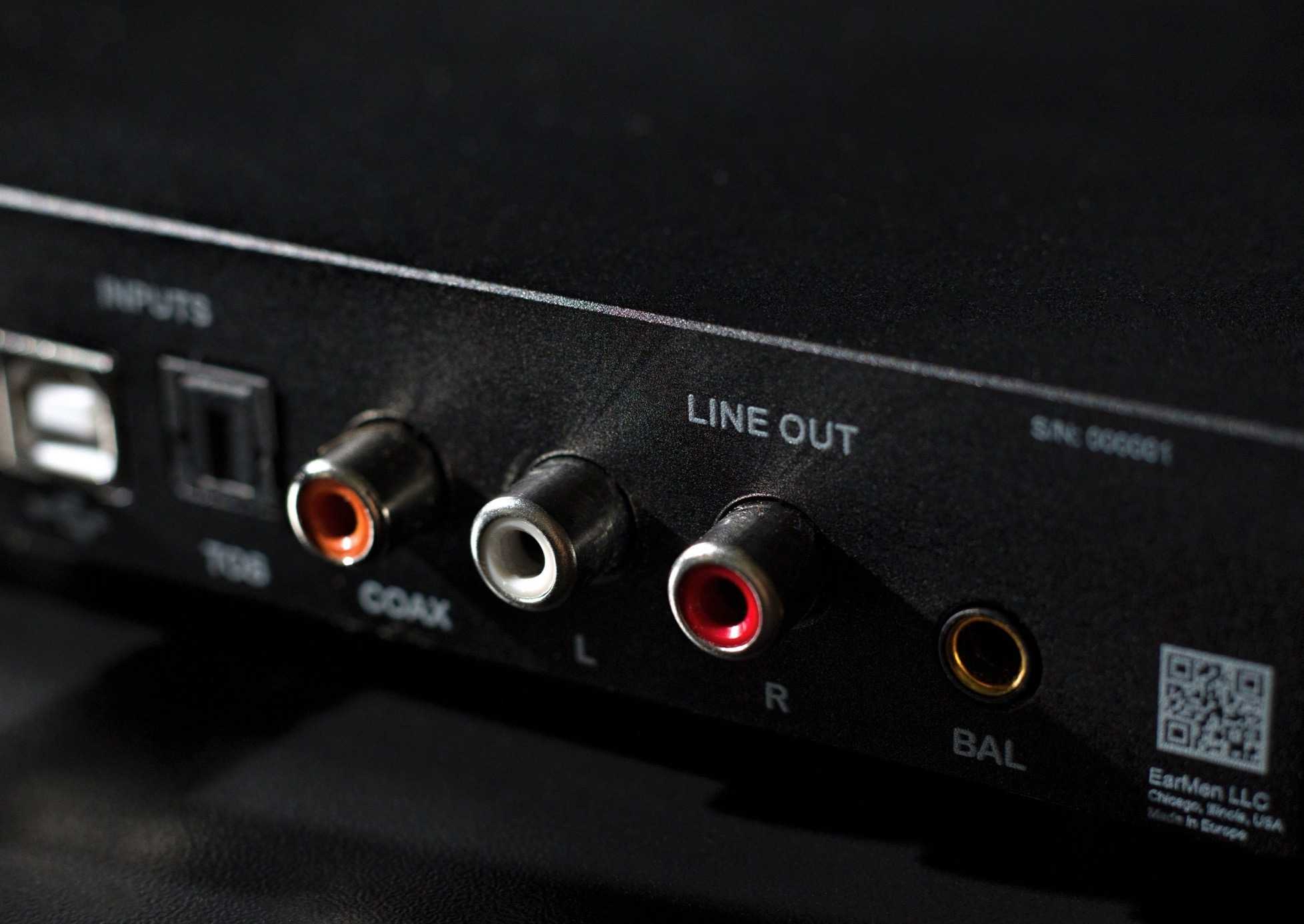
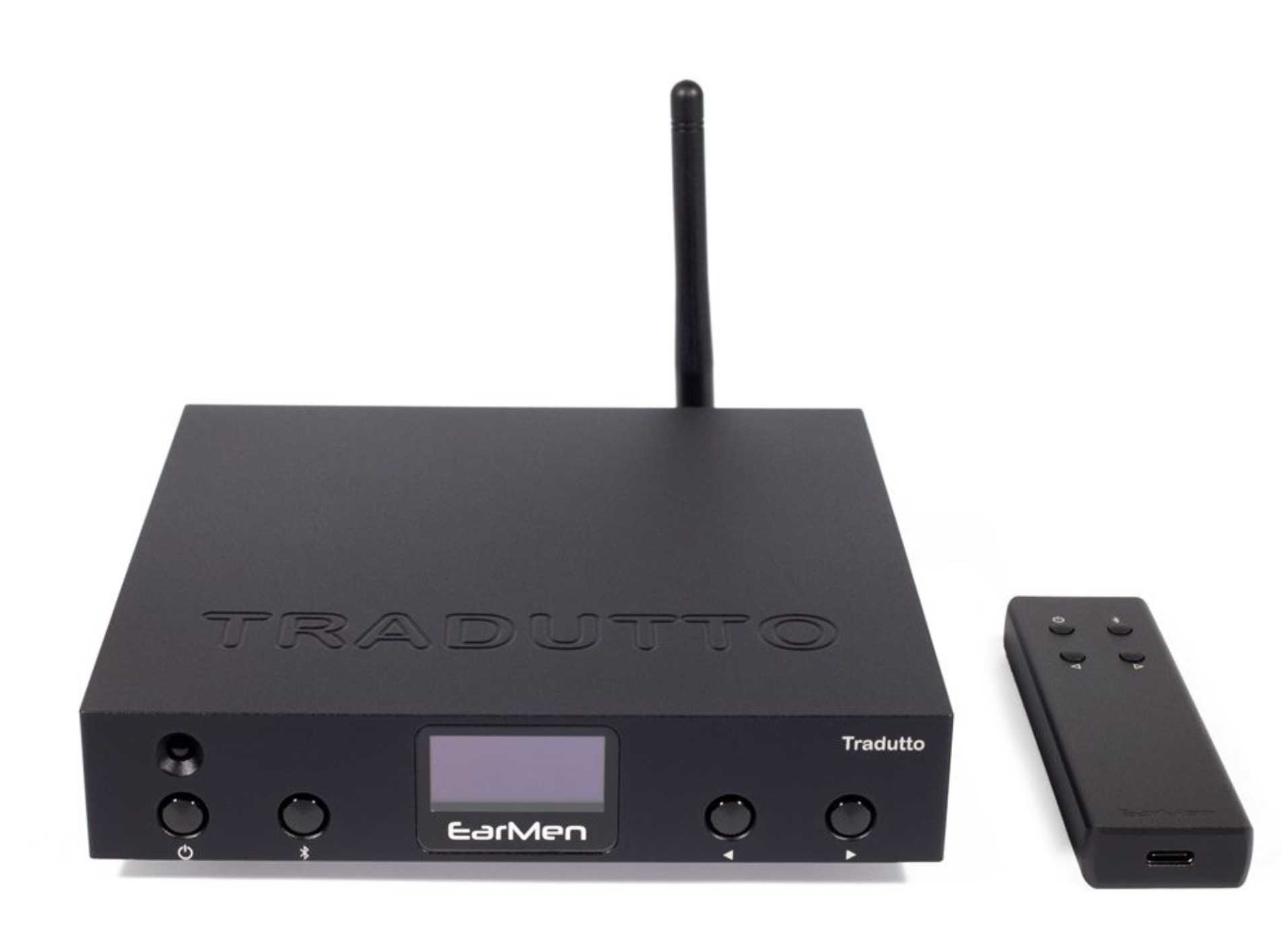
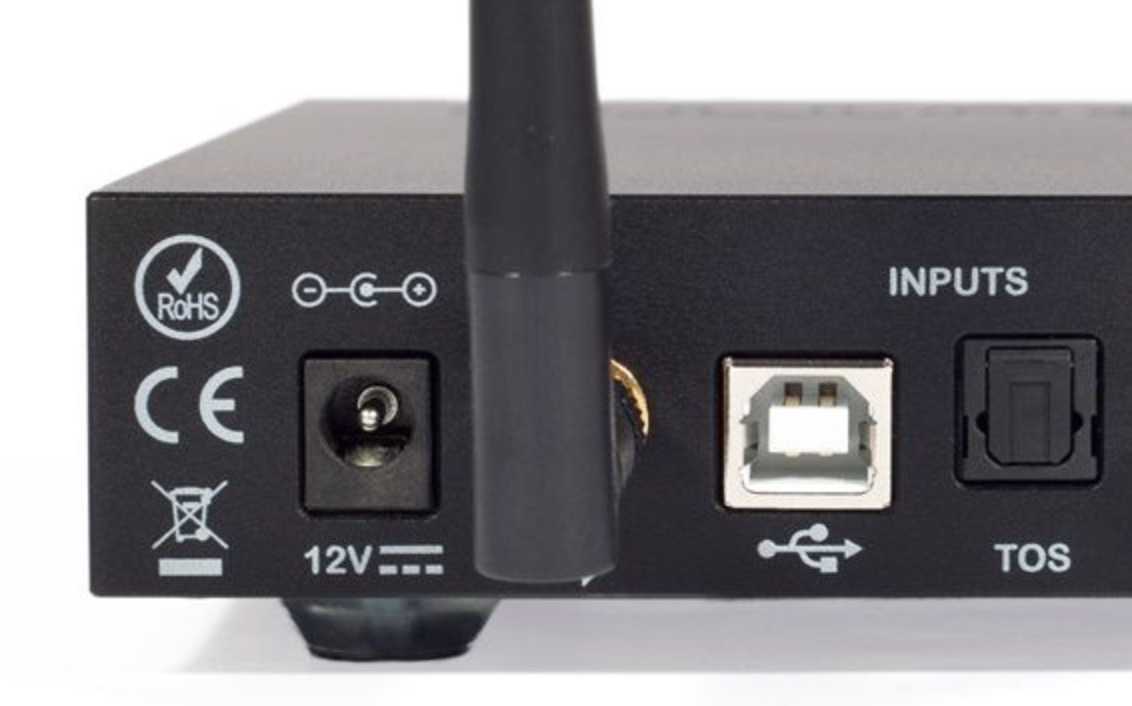
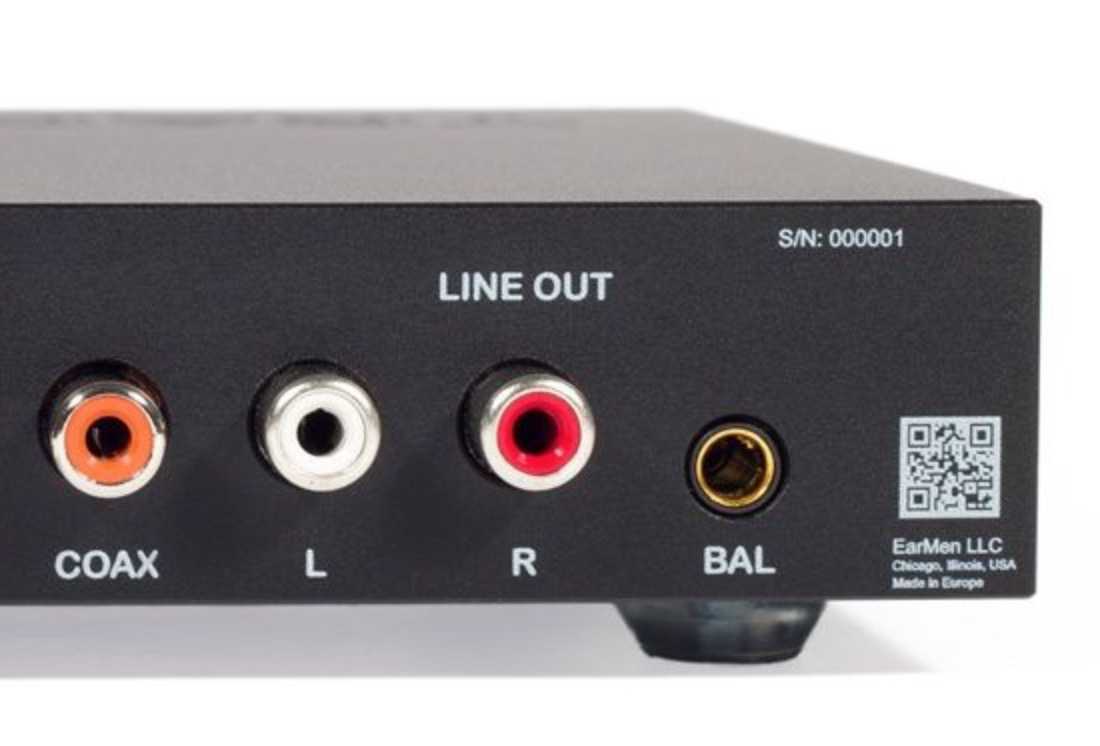

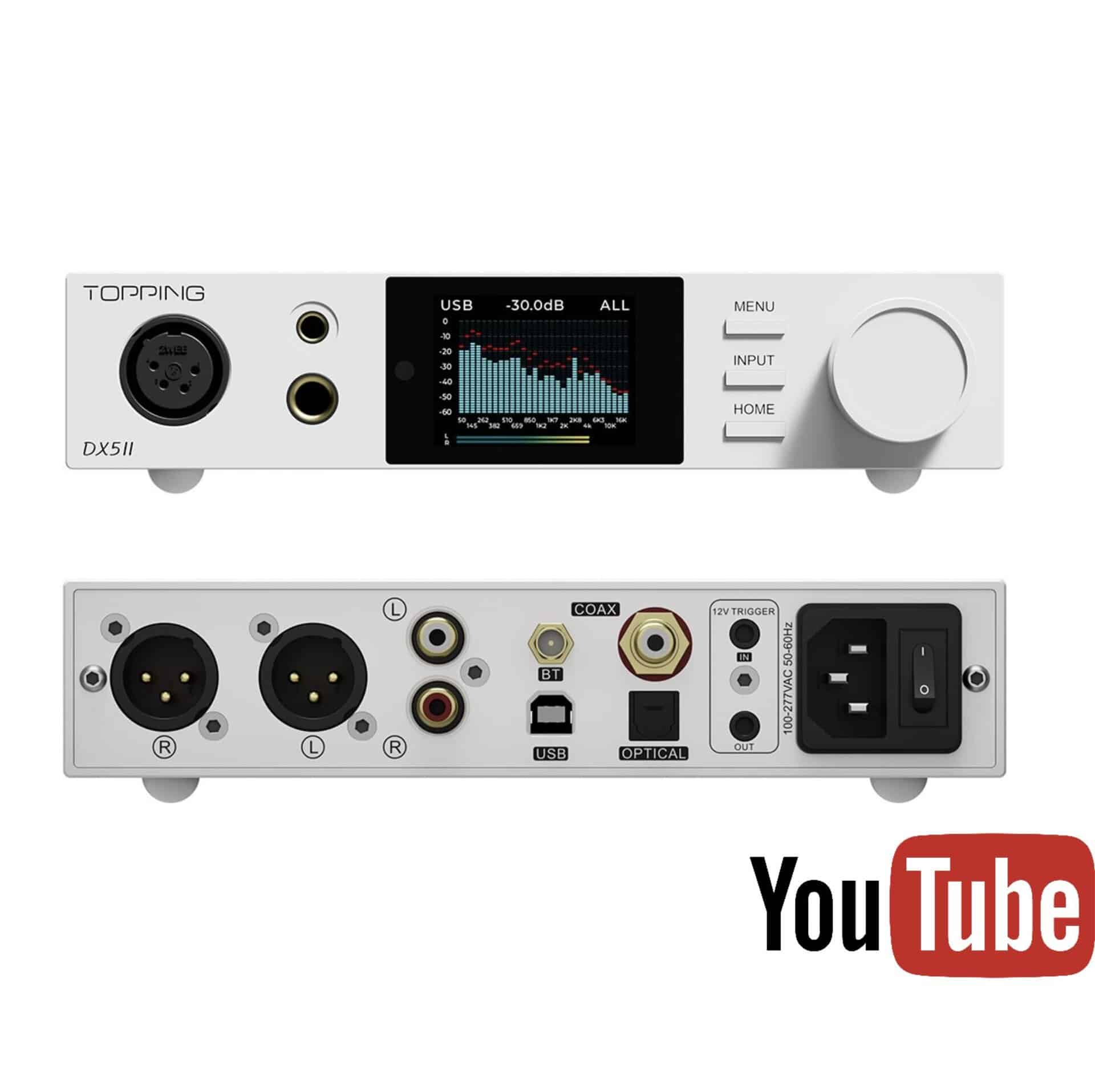
Hello Paul,
I think the seperate power supply could change the presentation completely.
Best regards
Geoffrey
You could be right there, yes.